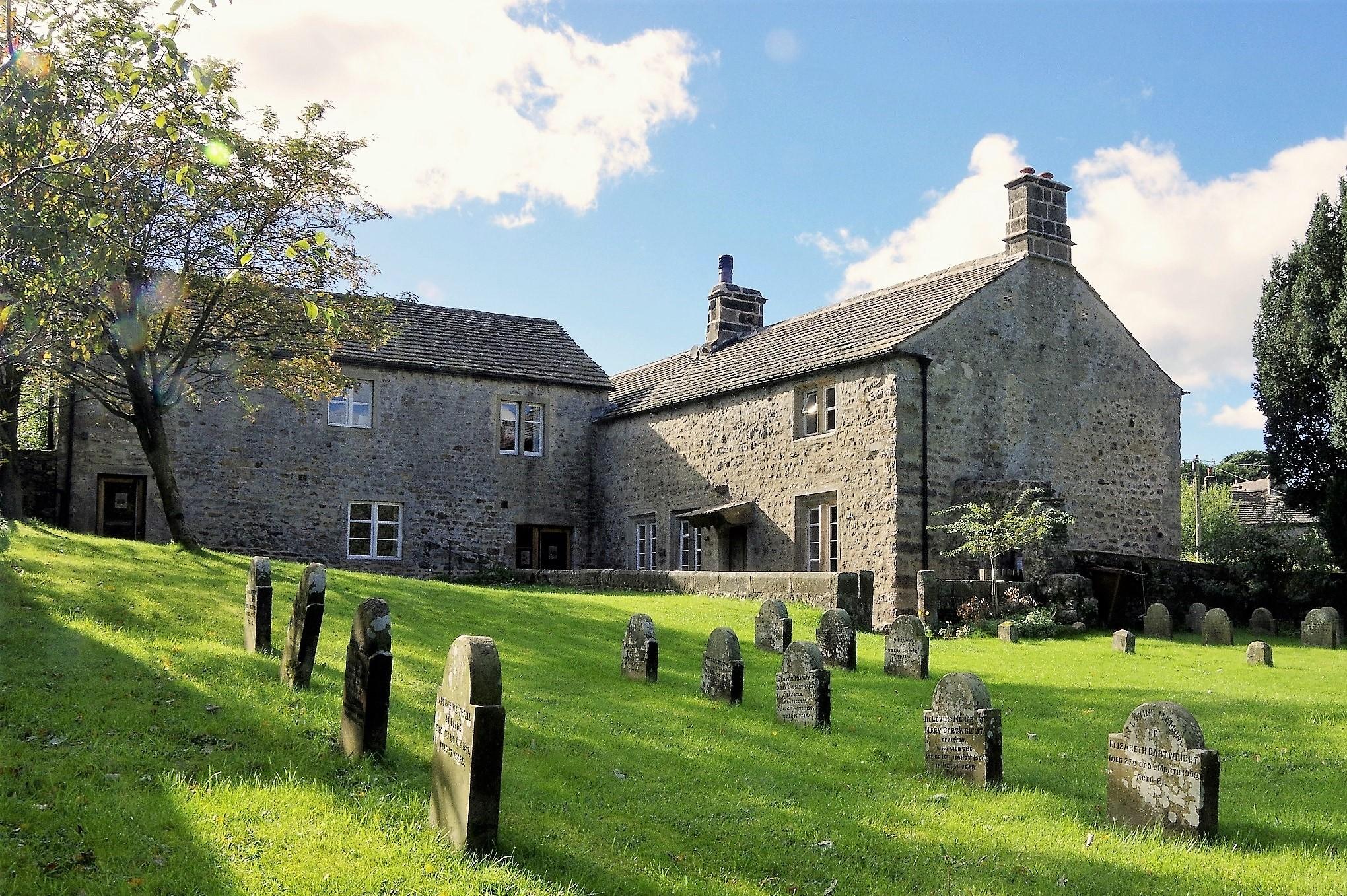St Michael the Archangel
Kirkby in Malhamdale, Yorkshire
It is thought that the church originated no later than the 9th century, and possibly as early as the 7th century, although there is no mention of the church in the Domesday Book.

The Meeting House is probably the oldest non-conformist place of worship anywhere.
Airton, Yorkshire
Airton Friends Meeting House is, so far as can be discovered, the oldest extant Quaker meeting house. Most likely, and even more significantly, it started out early in the 1600s as a purpose-built place of worship for the secretive group of dissenters called the Seekers, many of whom joined the emerging religious movement called the Quakers in the 1650s. As the Seekers left very little documentary evidence, this building is a physical link to these early dissenters. There is good documentary evidence that Quaker meetings were well established at Airton by the mid 1650s.
The Meeting House was refurbished about 1694 when it took its current form with its simple, rustic room-divider oak screen and its original hanging shutters. The date stone of 1700 over the entrance refers to the year when the Ellises, a local Quaker family, purchased the building and burial ground from the Lambert family. Major General John Lambert was Cromwell’s right hand man in the middle of the 17th century.
For some years after the Second World War, regular worship was discontinued here and the Meeting House began to deteriorate fast, even though well attended meetings for worship continued to be held two or three times a year. By 2000, the Meeting House was partly unroofed, its gallery dangerously unsupported, and there was much damp penetration through its cracked walls.
The oak screen which divides the Meeting House appears to date from around 1700 and was restored in 2022. It may contain timber of different ages possibly salvaged from elsewhere. It has hinged shutters with original butterfly hinges of an old style still used in 1700. The meeting room’s west end has a raised ministers’ bench with 18th century Georgian ramped panelling. Some of the oak panels in the meeting room have bevelled edges suggesting they were once part of some 17th century vertical plank and muntin panelling.
At that time, a few Quakers in the area who recognised the quiet simple beauty of the Meeting House decided to reinstate regular worship at Airton and, over the next twenty years, raised sufficient funds to repair and restore the property. After several strenuous fundraising campaigns, the Meeting House was re-roofed in 2005 with further sympathetic restoration and repair work in 2008 and over the last two years. Over the same period all the other buildings within the curtilage including the cottage and the impressive wall along the road were restored. Once the whole complex had been largely returned to its 18th century configuration and careful research had shown the unique historic significance of the buildings, Historic England awarded the Meeting House an upgraded II* listing.
Airton Friends’ Meeting House and Barn is situated in the quiet village of Airton in central Malhamdale, 9 miles from Skipton and 6 miles from Settle. It is on major walking and cycling routes, including the Way of the Roses and the Pennine Way and well placed for visiting the major attractions in the Dales and Three Peaks areas. Simple overnight accommodation is offered in adjacent converted Barn.
Kirkby in Malhamdale, Yorkshire
It is thought that the church originated no later than the 9th century, and possibly as early as the 7th century, although there is no mention of the church in the Domesday Book.
Long Preston, Yorkshire
Medieval church in the picturesque village of Long Preston on the western edge of the Yorkshire Dales in the Ribble Valley with a fine collection of stained glass windows by Jean-Baptise Capronnier.
Rylstone, Yorkshire
One of the Rylstone's most iconic buildings, the church was constructed between 1852 and 1853 and has a gritstone exterior in a style known as 'churchwarden gothic'.